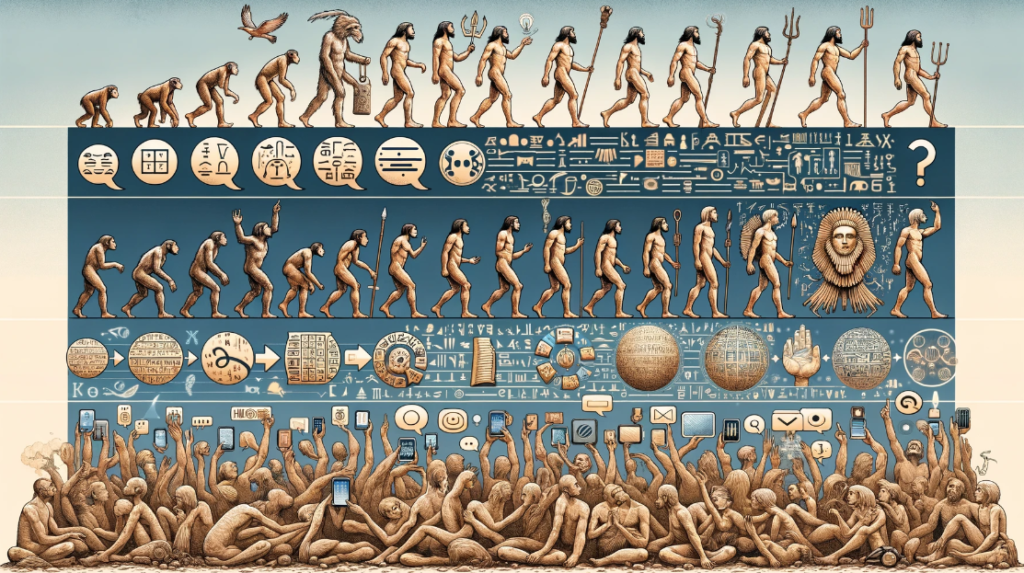Lesson 32. The Evolution of Language (言語の進化)

▮ Explanatory Text:
The evolution of language is a complex process that reflects changes in social structures, migrations, technological advancements, and cultural shifts. Languages evolve over time, with new words and phrases emerging, meanings changing, and some languages disappearing altogether. This dynamic process is influenced by various factors, including interaction with other languages, innovations in communication technology, and changing societal needs and values. Understanding the evolution of language offers insights into human history, cultural development, and the ways in which we communicate and understand the world. This topic explores the factors driving language change, the impact of globalization on languages, and the efforts to preserve endangered languages.
▮ Common Phrases:
1. Linguistic borrowing introduces…
2. Language shift occurs when…
3. Technological advancements have led to…
4. Globalization affects languages by…
5. Efforts to preserve endangered languages include…
▮ Example Sentences:
1. Linguistic borrowing introduces new words and concepts from one language to another.
2. Language shift occurs when a community adopts a new language, often due to social or economic pressures.
3. Technological advancements have led to the creation of new terms related to digital communication and the internet.
4. Globalization affects languages by promoting the use of dominant languages at the expense of smaller ones.
5. Efforts to preserve endangered languages include documentation projects, educational programs, and digital archiving.
▮ Questions:
1. How do languages change and evolve over time, and what are the main drivers of this evolution?
This question encourages learners to explore the mechanisms of language change and the factors that influence linguistic evolution.
2. What is the impact of technological advancements on language, and how have new technologies introduced new linguistic elements?
Participants discuss the influence of technology on language, including the creation of new vocabulary and changes in communication patterns.
3. & 4. How does globalization contribute to language endangerment, and what can be done to protect and preserve minority languages?
This prompts a discussion on the challenges posed by globalization to linguistic diversity and strategies for language preservation.
Discuss the role of language in shaping cultural identity and how language evolution reflects changes in society.
Learners examine the connection between language and cultural identity, considering how societal shifts are mirrored in language changes.
5. Can you provide examples of languages that have borrowed extensively from others, and how has this borrowing affected their development?
This question invites learners to share examples of linguistic borrowing and analyze its impact on the languages involved.
▮ Discussion Instructions:
Choose a specific language or linguistic phenomenon that interests you, related to the evolution of language. Discuss its historical development, the factors that have influenced its evolution, and its current state. Reflect on the significance of this language or phenomenon in understanding broader linguistic and cultural changes.







